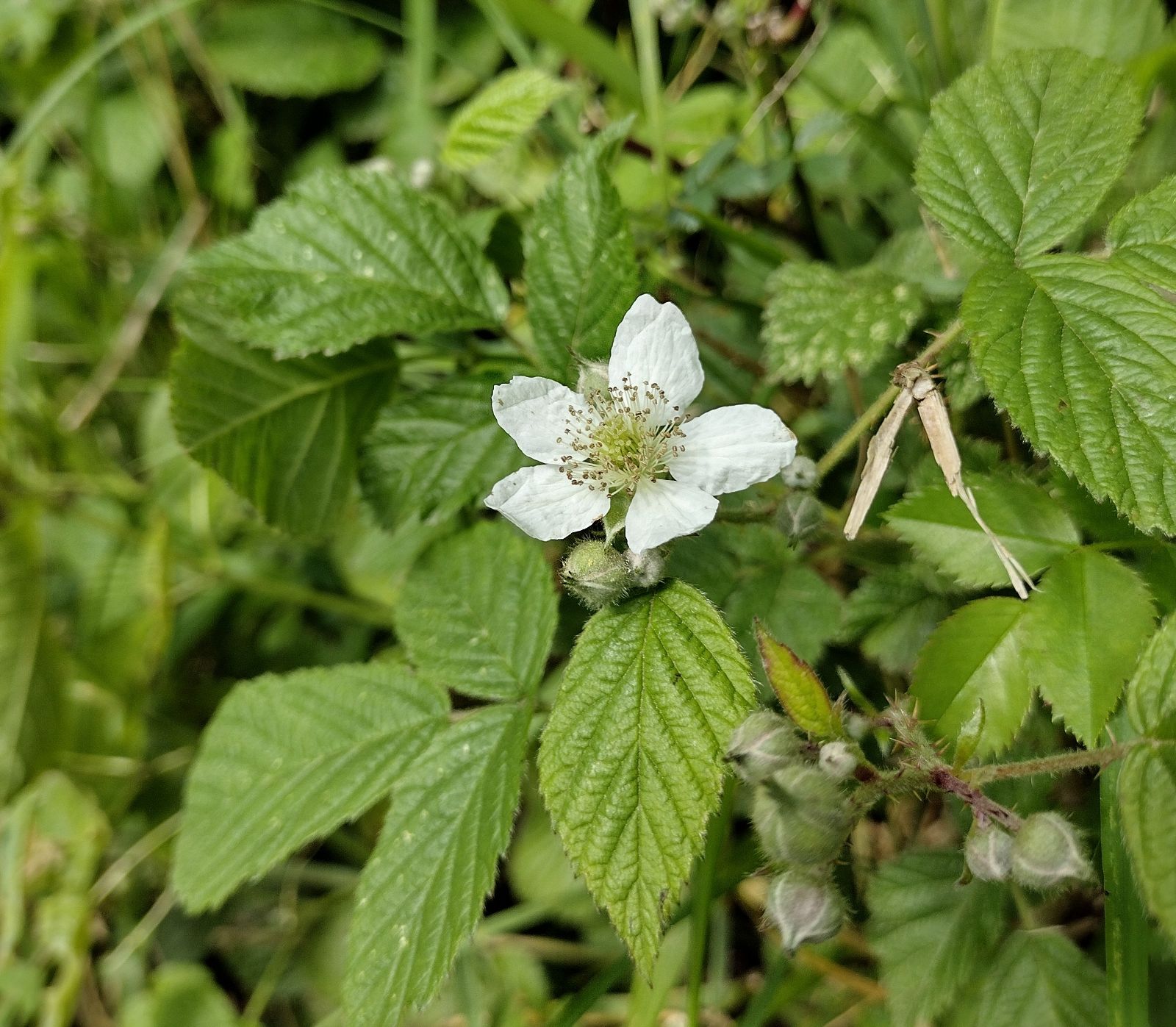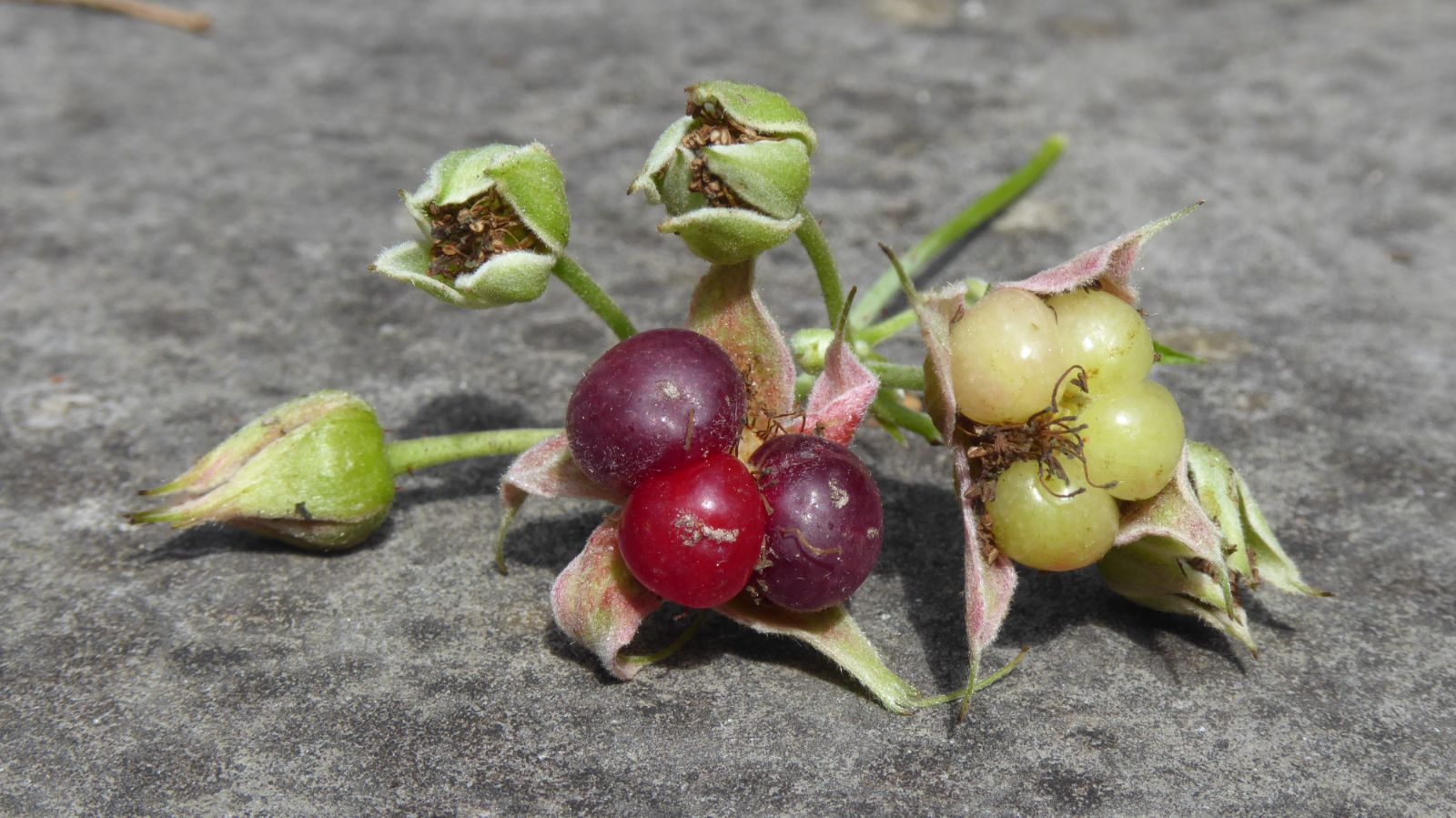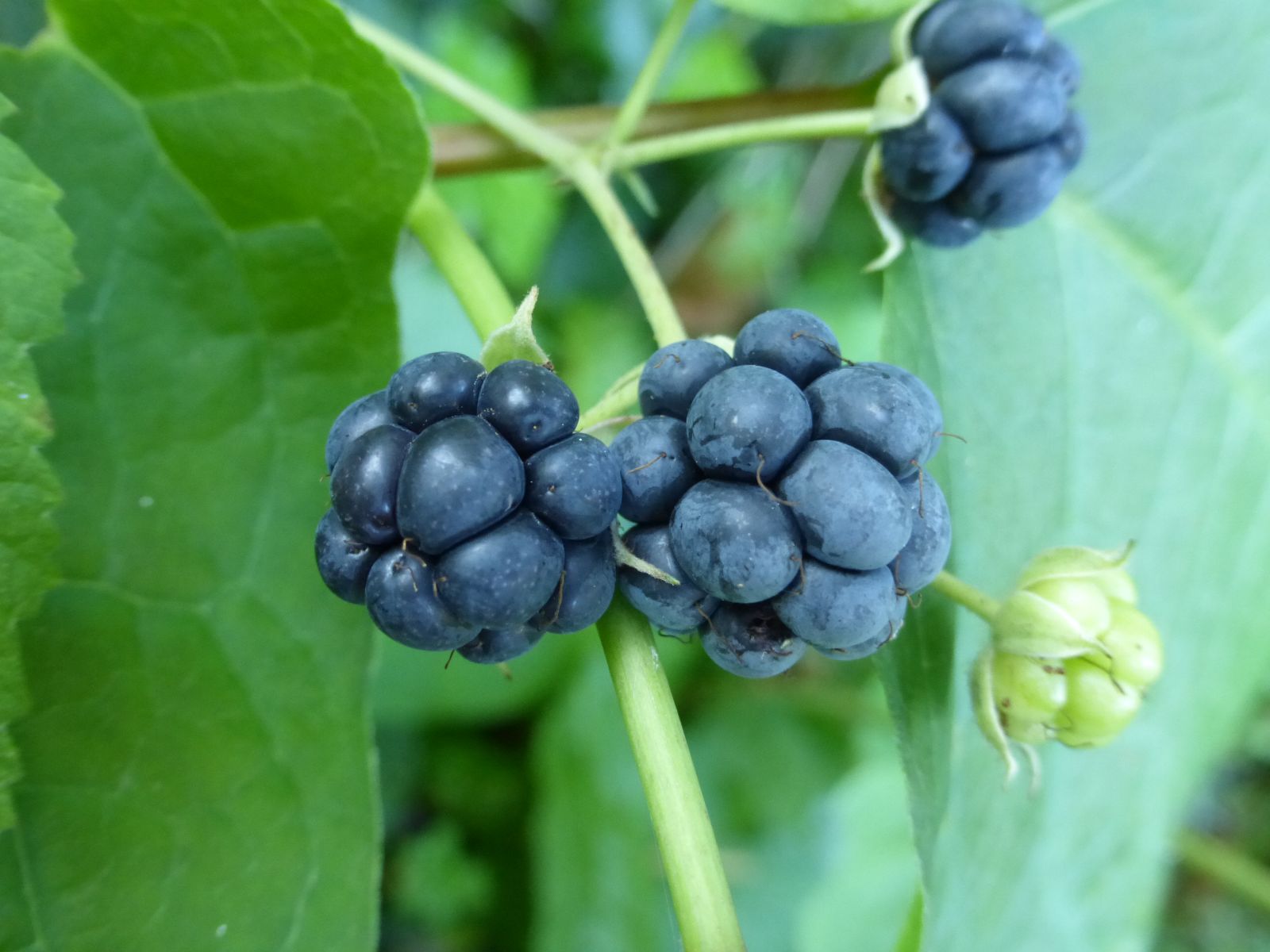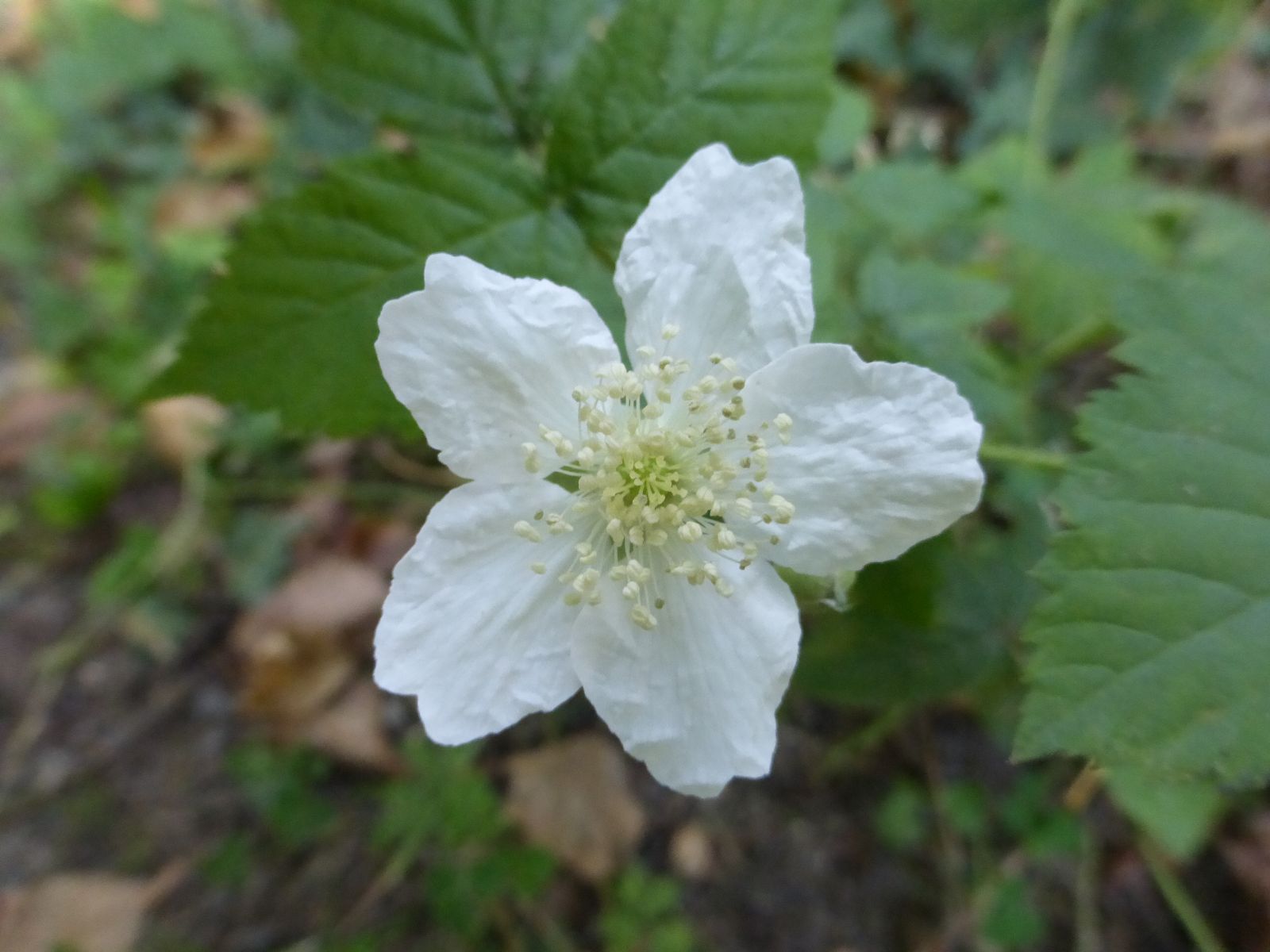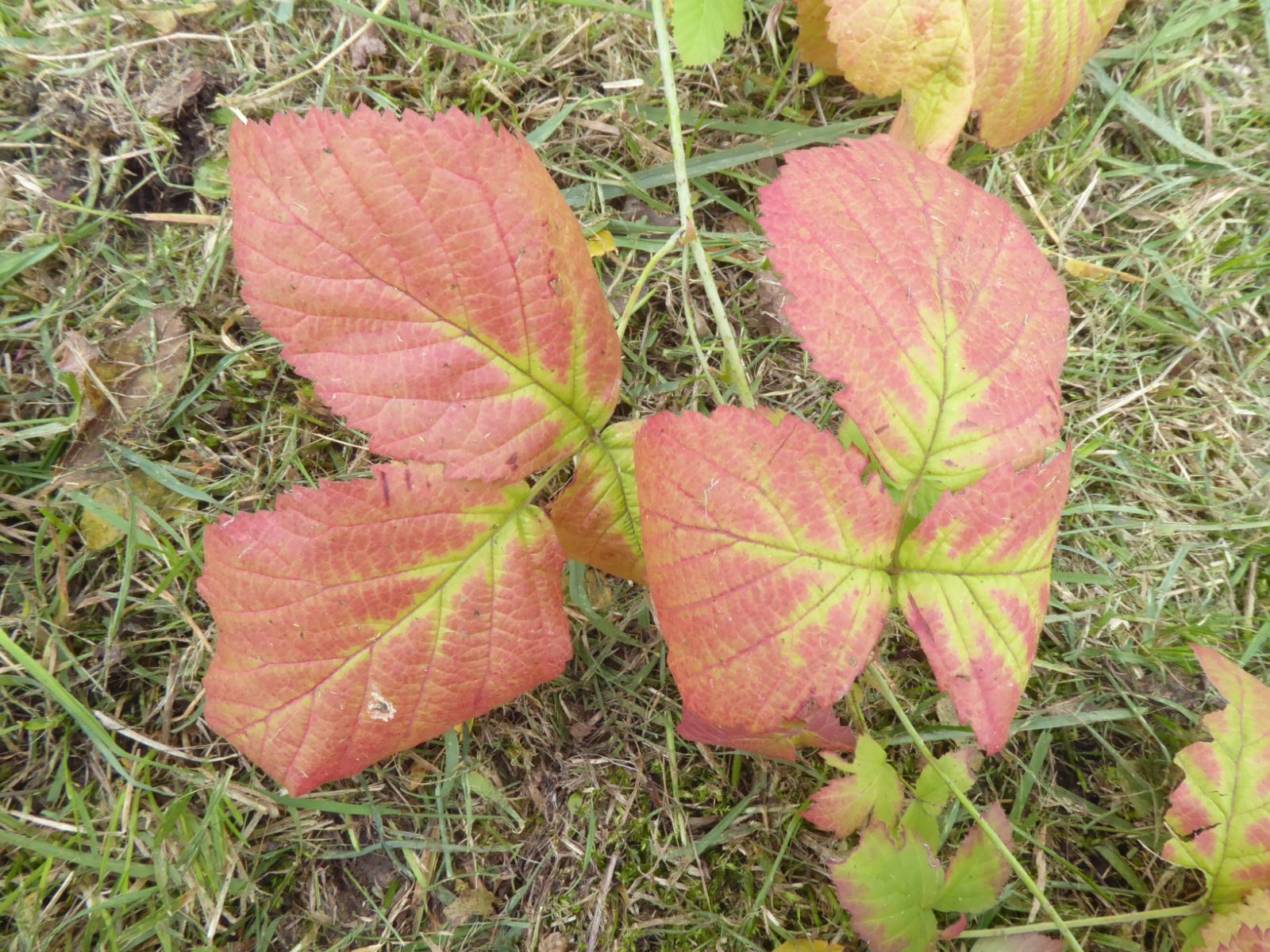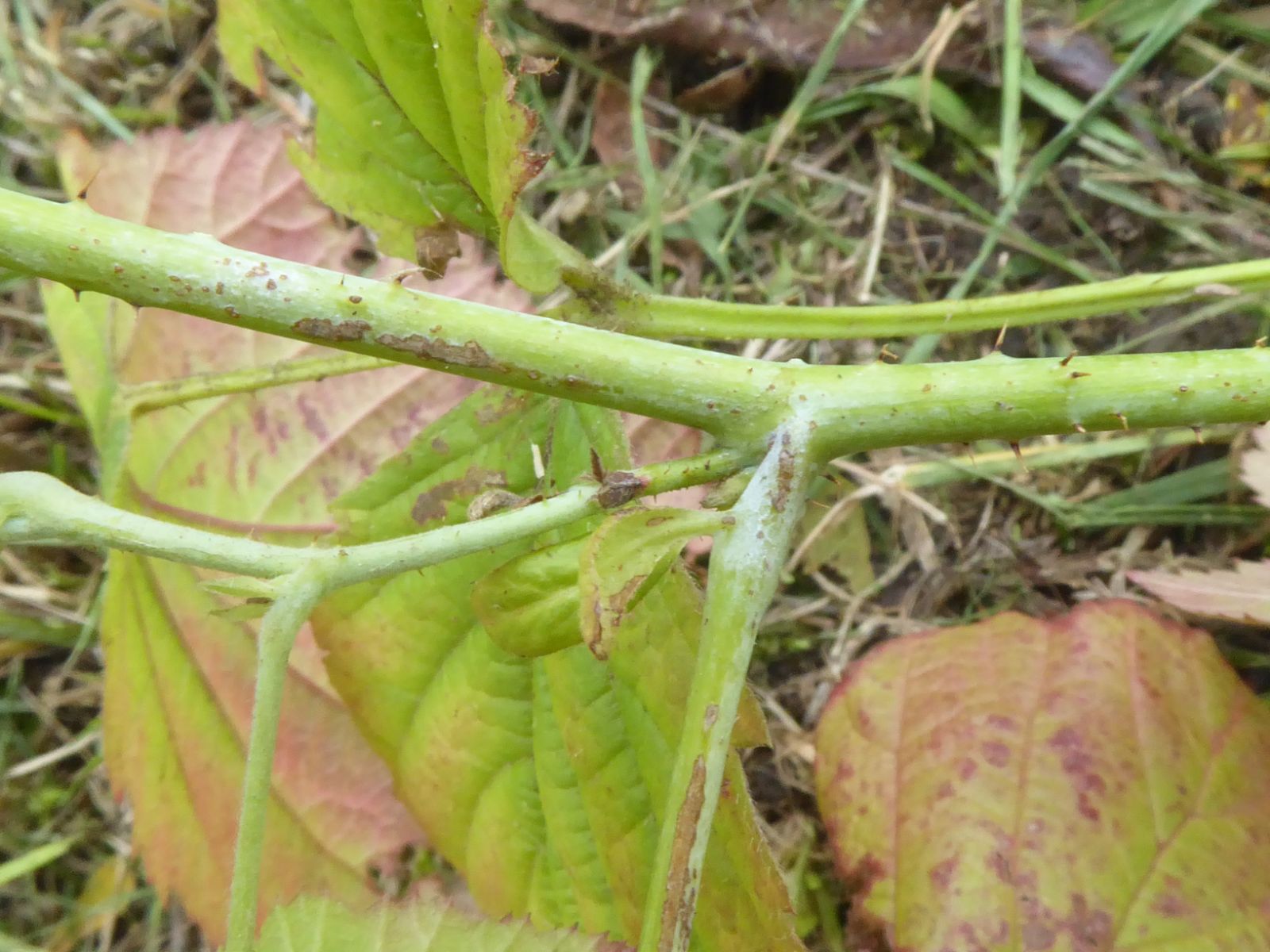Rubus caesius
Credits
Article from Bean's Trees and Shrubs Hardy in the British Isles
Recommended citation
'Rubus caesius' from the website Trees and Shrubs Online (treesandshrubsonline.
Genus
Common Names
- Dewberry
Other taxa in genus
- Rubus adenophorus
- Rubus amabilis
- Rubus biflorus
- Rubus calycinoides
- Rubus chroosepalus
- Rubus cissoides
- Rubus cockburnianus
- Rubus corchorifolius
- Rubus coreanus
- Rubus crataegifolius
- Rubus deliciosus
- Rubus flagelliflorus
- Rubus flosculosus
- Rubus henryi
- Rubus hispidus
- Rubus hupehensis
- Rubus ichangensis
- Rubus idaeus
- Rubus illecebrosus
- Rubus irenaeus
- Rubus koehneanus
- Rubus kuntzeanus
- Rubus laciniatus
- Rubus lambertianus
- Rubus lasiostylus
- Rubus lineatus
- Rubus malifolius
- Rubus mesogaeus
- Rubus nepalensis
- Rubus × nobilis
- Rubus occidentalis
- Rubus odoratus
- Rubus palmatus
- Rubus parkeri
- Rubus parviflorus
- Rubus parvifolius
- Rubus parvus
- Rubus pedunculosus
- Rubus phoenicolasius
- Rubus playfairianus
- Rubus setchuenensis
- Rubus spectabilis
- Rubus subornatus
- Rubus thibetanus
- Rubus trianthus
- Rubus tricolor
- Rubus trifidus
- Rubus ulmifolius
A deciduous shrub, with slender creeping stems, prickly, and covered with a whitish bloom when young. Leaves usually composed of three leaflets which are green and slightly hairy on both sides. Flowers white, in small clusters. Fruit composed of a few large carpels, covered with a blue-white bloom when ripe.
This is one of the British brambles easily distinguished from all the forms of common blackberry by the few but large ‘pips’ composing the fruit, and by their being covered, like the young stems, with a white or bluish bloom. It is common in Britain and over Europe, extending into N. Asia. Of no value for gardens.
R. caesius hybridises with the true blackberries, and in that way numerous minor species have arisen of intermediate character. Twenty of these are recognised by W. Watson in his treatment of the British Rubi, of which the most interesting is R. balfourianus Bab., which probably arose originally from a cross between R. caesius and R. gratus. Not only are the pink or white flowers sometimes as much as 2 in. wide, but they are borne throughout the summer and early autumn, and the fruits, though often abortive, are sometimes large, with a mulberry flavour (Watson, Handbook of the British Rubi (1958), p. 54 and fig. 3). Apart from these microspecies of hybrid origin, normal hybrids between the dewberry and the blackberries occur; usually these are infertile, but a single individual can cover a wide area by tip-layering.

